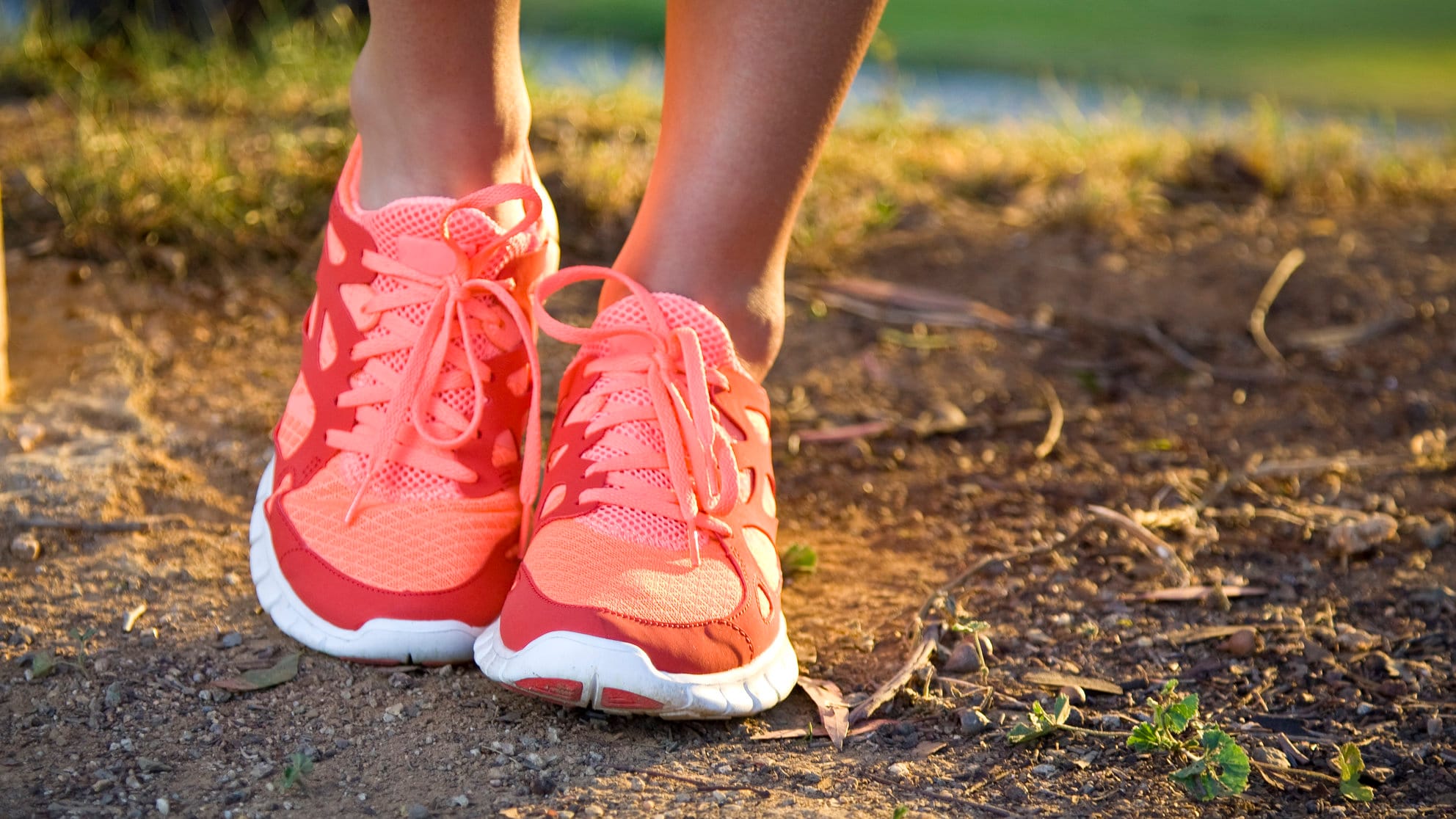We’ve all been told about the benefits of having a quality pair of shoes when we are out running, training at the gym, or exercising. But how do we know how long these things are supposed to last?? With the answer dependent on a number of factors including a runner’s weight, running style and type of use, there is no clear cut answer. The following guidelines though can help as reasonably accurate ways to gauge how many more runs might be left in your beloved trainers!
- The “mid-sole” of a shoe is generally the main determinant of a shoe’s longevity. This lightweight, shock-absorbing compound gradually becomes compressed as the shoe is used, eventually compromising the shoe’s cushioning and in many cases, support.
- The mid-sole of a shoe will wear out long before the “tread” on the bottom of the shoe has worn through.
- The mid-sole generally lasts anywhere from 500-1000km of running. This DOES NOT take into account additional general wear and tear, gym use, or casual wear, which may further shorten the shoes life-span.
- You can see if the mid-sole is becoming worn out by looking for “compression lines” along the side of the shoe, and noting whether this foam can be compressed with the thumb. If the foam has compacted and is now harder to compress, the shoe has been well worn!
- Another test is the “flex test” – gently bend and twist the whole shoe. A new shoe will generally maintain it’s shape and not deform easily. An old shoe tends to get pretty flimsy!
A simple way to keep track of the life of your shoes is through a training log, allowing you to record either distance or time spent in a pair of shoes. In future, this will help to indicate when a new pair is needed.







